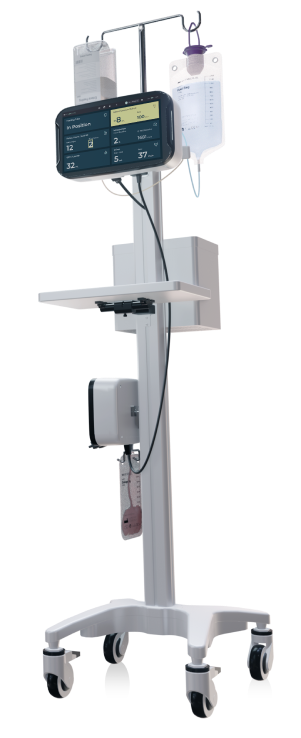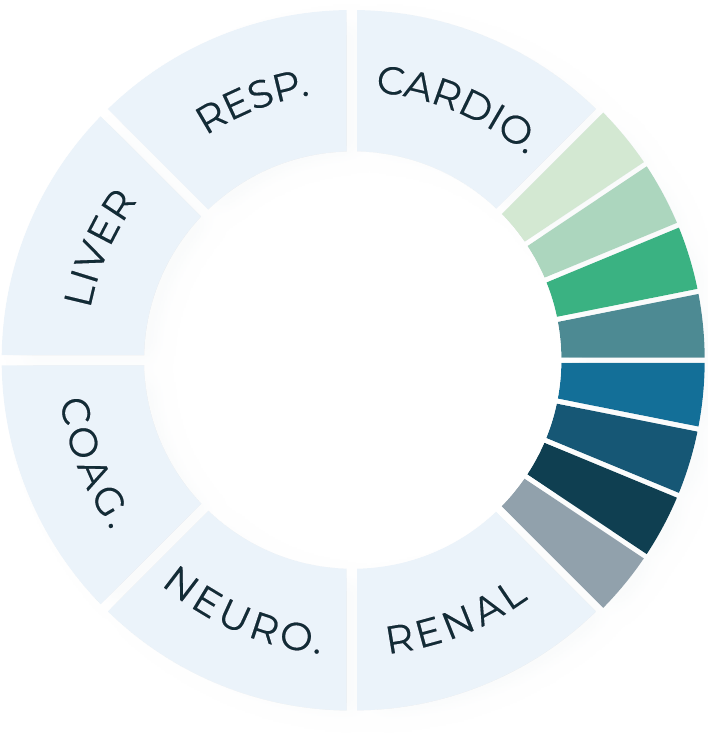Controlled enteral nutrition in critical care patients –
A randomized clinical trial of a novel management system
Comparative, prospective,
stratified randomized study
Dr. Ilya Kagan, Dr. Moran Hellerman-Itzhaki, Dr. Itai Bendavid, Dr. Liran Statlender, Dr. Guy Fishman, Prof. Paul E Wischmeyer, Prof. Elisabeth de Waele, Prof. Pierre Singer
See the study

